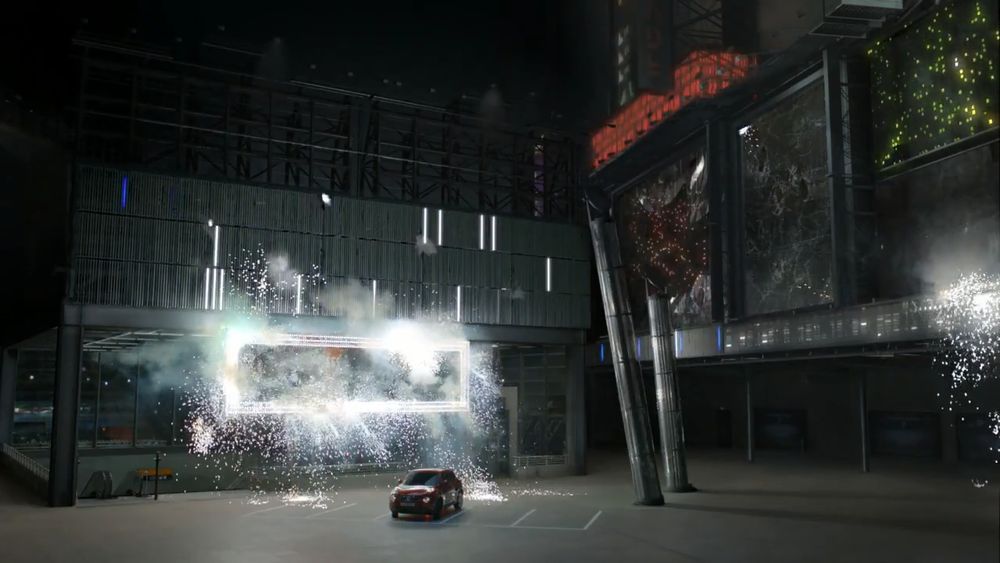SFX-VFX Consulting
As with any new technology, with digital VFX it was initially attempted to outsource as much as possible to post-production; for manifold reasons. Small productions could suddenly afford priceless effects, directors were able to find completely new ways in scenography, dangerous scenes were avoided and budgets were saved — supposedly.
Unfortunately, the visual impression often suffered from this and left the viewers with a distanced, artificial feeling instead of captivating them at this point. The subtle randomness of practical effects and their physical parameters can be roughly simulated, but only by a team of VERY experienced VFX artists.

Which brings us to costs; for a small explosion with flying debris, one of our technicians needs a day and the result is a real explosion. For the digital version, at least part of the room is modeled, textured and illuminated. Then the trajectories of the debris are calculated and adjusted. This is followed by rendering, color grading and compositing — at a guaranteed 3‑fold cost.
Also not to be underestimated is the effect on the acting performance of your actors. “When I say ‘BANG’ you’re pretending…” — and then ten takes followed. Such practical effects are rarely repeated more than once or twice, because the desired reaction and emotion is gratuitous — so to speak.
But we shall no demonise digital effects here, we just would like to keep you from getting worse results for more money. We’ll be happy to tell you where practical effects are useful and where they can’t be used, where you can avoid dangers for actors and we also advise your VFX artists to make digital scenes with real elements more realistic.